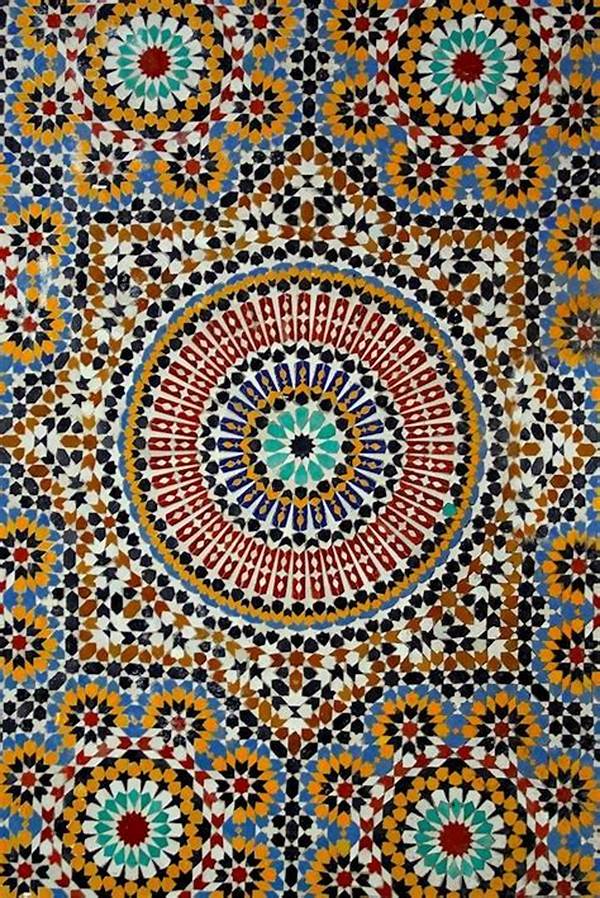“The Spotlight” brings to light the stories of Muslim women of the past and present. In this instalment, Wardah Abbas peeps into the life of Sitt Al-Wuzara, a prominent scholar of Hadith.
My eyes are heavy as I search endlessly for resources on the lives of Muslim women in history. Like a sealed door which has to be forced open, searching for the histories of Muslim women from centuries ago takes a lot of pain. Many of us are familiar with the stories of the Ummahatul Mumineen and the Sahabiyat. But how much do we know about the women from the later generations? Unfortunately, many of these stories are not documented. One cannot but ask why this is so; why the dearth of resources on the history of Muslims almost completely excludes the women? Many of us like to see a replica of ourselves in these great women in Islamic History; thousands of whom we can relate to on human levels. And this is why it becomes more important than ever to not only document the lives of these women but also make it accessible to all.
Women have an important role to play in all aspects of life: at home, at work, in the community, at the university, at our centres, and mosques. Taking lessons from history, we can strive to build a better community of inclusion and appreciation of one another. We can create more opportunities and positions for women to take on leadership roles and to help our communities grow.
In this instalment of The Spotlight, we’re looking into the life of one of such women who was a blessing to our Ummah. This lady is no other than Sitt Al-Wuzara
Who is She?
Born in the 8th century, Sitt Al-Wuzara is a Syrian hadith scholar and the last student of Husayn ibn al-Mubarak al-Zabidi and Abu al- Munajja Ibn al-Latti. Alongside with her prominent predecessors, Umm al-Darda and Fatima bint ‘Abd al- Malik ibn Marwan, wife of the pious caliph ‘Umar ibn ‘Abd al-‘Aziz, she represents what Muhammad Akram Nadwi in his book “Al-Muhaddithat – the Women Scholars in Islam ” terms the epitome of hadith scholarship from Al-Sham
The Arabic word “Sitt” was not her birth name. It was a title bestowed on her by her people for being a respectable lady of intellect with exceptional talent in the sciences. “Sitt” at the time was a title attributed to women rulers or women of that calibre. The queen of the Fatimid dynasty of Egypt in 980 bore the title Sitt al-Mulk. There were also female chief qadis who were addressed as Sitt al-Qudat, for their expertise in the fields of hadith and fiqh in Damascus during the 14th century. Transmissions of the hadiths from Sahih Al-Bukhari
Her Scholarship
Sitt al-Wuzara was known for her exceptional devotion, steadfastness and stamina in Islamic scholarship. She was widely known in Damascus for teaching Sahih Al-Bukhari, the authentic collection of the hadiths which included over 7000 hadiths unanimously accepted by Muslim scholars of his time. Evidence of her high role in narrating hadiths is shown in the main title on the ornamented title page of Sahih al-Bukhari (dated 8th century), which boldly states; the narration of al-Firabri, the isnad of Sitt al-Wuzara’. In simple terms, the narrators heard the chain of the transmitters along with the hadiths from Sitt al-Wuzara’.
Muhammad Akram Nadwi in his book, Al-Muhaddithat: the Women Scholars in Islam emphasized an interesting fact about Sitt al-Wuzara’, stating that she was the last woman in the world who had narrated hadiths from Sahih Al-Bukhari from Al-Zadibi. Aishah bint Muhammad ibn ‘Abd al-Hadi al-Maqdisiyyah, who died one hundred years after Sitt Al Wuzara, had even more quality and reached a level that no one from amongst men ever reached.
Sitt al-Wuzara’ had plenty of students throughout her life, amongst whom the ordinary and noble men were found. She lived more than ninety years. And as it was reported by Ibn Kathir, she taught students until her last breath. She died in the year 716.
References
- Muhammad Akram Nadwi (2007). al-Muhaddithat: the Women Scholars in Islam. Interface Publications: London, p.266
- Sitt al-Wuzara’ al-Tanukhiyyah




